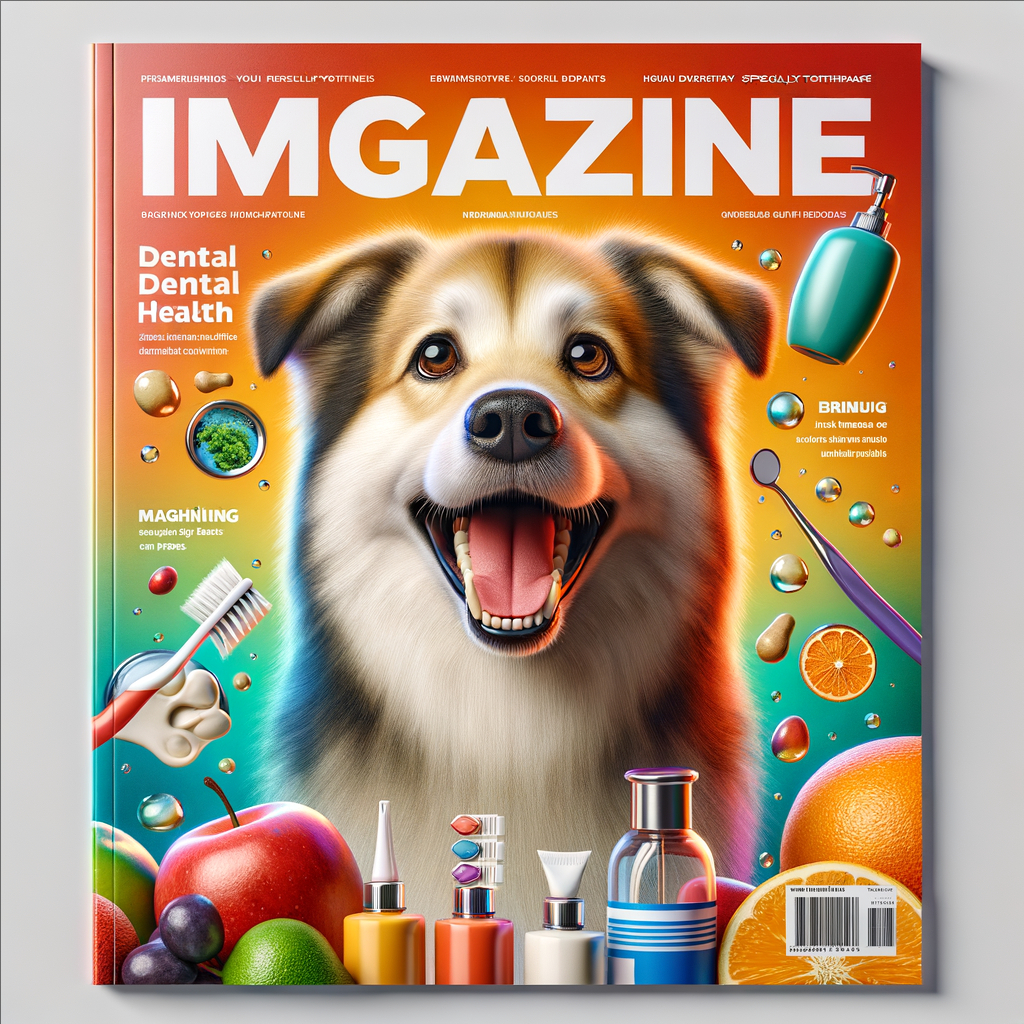Dental Care for Dogs: Preventing Periodontal Disease
Understanding Periodontal Disease
Periodontal disease is an infection that affects the tissues surrounding a dog’s teeth, primarily caused by plaque buildup. If left untreated, this disease can lead to gum inflammation (gingivitis), tooth loss, and even systemic problems impacting vital organs such as the heart and kidneys.
Signs of Periodontal Disease
Being aware of the warning signs of periodontal disease is crucial for proactive care. Here are some key indicators to watch for:
- Bad Breath: While some degree of dog breath is typical, a strong, foul odor could indicate serious dental issues.
- Gum Redness or Swelling: Healthy gums should be a pale pink color; any redness or swelling can signal trouble beneath the surface.
- Difficulty Eating: If your dog is hesitant to chew their food or shows discomfort while eating, it’s essential to investigate.
Recognizing these signs early can be the difference between a simple treatment and a more severe health crisis.
Causes of Periodontal Disease
Several factors can contribute to your dog’s risk of developing periodontal disease:
- Poor Oral Hygiene: Just as humans need regular brushing and flossing, dogs require consistent dental care to keep plaque at bay.
- Diet: High-carbohydrate diets can facilitate plaque formation and increase the risk of periodontal problems.
- Age: Like humans, older dogs are more prone to dental issues due to natural wear and tear on their teeth.
Understanding these causes empowers you as a pet parent to take proactive measures to maintain your dog’s oral health.
Effective Prevention Strategies
Preventing periodontal disease starts with establishing positive dental care habits early on:
- Regular Brushing: Encourage daily brushing of your dog’s teeth using toothpaste formulated specifically for dogs—never use human toothpaste, as it contains ingredients that can be harmful to them!
– Start slowly by allowing them to taste the toothpaste before introducing the toothbrush to minimize anxiety.
– Use gentle circular motions along the gumline for the best results.
- Dental Chews & Toys: Regularly incorporating dental chews into your dog’s routine can significantly aid in plaque reduction:
– Choose products that are endorsed by veterinary associations, as these are often designed to promote oral health benefits effectively.
Incorporating these practices into your dog’s daily life from an early age will drastically reduce their risk of developing periodontal issues later on.
At-Home Dental Care Tips
In addition to regular brushing and providing dental chews, here are more at-home dental care practices you should consider:
- Routine Check-ups at Home
– Take time during grooming sessions to check your dog’s mouth. Look for signs of tartar buildup or changes in gum color, and note any loose teeth or unusual growths.
- Water Additives & Treats
– Look for water additives developed specifically for canine dental care, which can help combat bacteria without requiring extra effort from you.
– Opt for treats that contain ingredients known to promote oral health, like chlorophyll, which can help combat bad breath.
Implementing these straightforward yet effective practices ensures you’re actively working to maintain your dog’s oral hygiene.
When To Seek Professional Help
Despite your best efforts with home care, professional veterinary services remain critical for your dog’s dental health. It’s vital to schedule annual check-ups where veterinarians will perform a thorough examination, which may include:
- Professional cleanings under anesthesia, if necessary
- X-rays to explore any potential underlying issues
Warning Signs That Require Immediate Attention
If you notice concerning symptoms such as excessive drooling combined with difficulty eating or sudden behavioral changes suggesting discomfort, don’t hesitate! Contact your veterinarian promptly to ensure your dog receives the necessary care before complications develop.
Conclusion
Taking proactive steps toward maintaining good oral hygiene is not just crucial for fresh breath but is essential for your dog’s overall well-being at every life stage. By prioritizing preventive measures today, you’ll be making a lasting positive impact on your beloved canine companion’s health for tomorrow.
So, are you ready to step up your dog’s dental care routine? Share your thoughts, tips, or experiences in the comments section below. And if you found this guide helpful, please share it with fellow dog owners looking to safeguard their pets’ smiles!
news via inbox
Nulla turp dis cursus. Integer liberos euismod pretium faucibua





